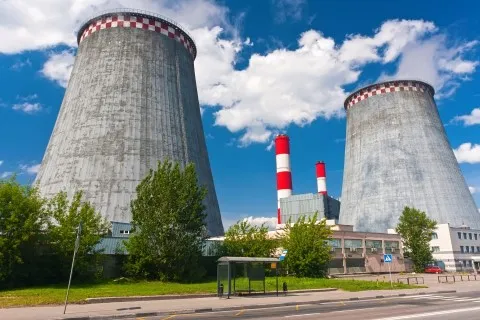
Check out this infographic of Japan's plight in restarting nuke
More than half of them have applied for safety reviews.
Japan’s fleet of 43 nuclear reactors, with a total installed capacity of about 42,000 MW, has been largely idled since September 2013, when the country adopted stricter nuclear safety requirements in the wake of the Fukushima I accident.
According to William Freebairn of Platts, reactors must receive a safety review approval from the Nuclear Regulation Authority, secure the go-ahead from local towns and prefectures, and get final NRA approval of pre-operational tests before it can load nuclear fuel and begin operations.
The infographic below tracks the process of the reactors that have applied for safety reviews from NRA towards resuming power generation.
Here's more from Platts:
Twenty-four of the country’s 43 reactors have applied to NRA for safety review; it is unclear how many of the remaining units will apply in the future. In addition, Japan’s Electric Power Development Co. has applied for NRA safety review of its Ohma nuclear unit, which is under construction and could come online by the end of 2021.
Kyushu Electric Power’s Sendai-1 became the first reactor to return to service in September. The adjacent Sendai-2 started up October 15, and is expected to connect to the grid around October 21.
Analysts have said no additional reactors are likely to resume operations in 2015, but five to seven units may restart in 2016.
The governor of Ehime Prefecture and the mayor of Ikata both agreed October 26 to the restart of Shikoku Electric Power’s Ikata-3. The plant operator will soon file a request for pre-operational inspection approval from NRA, the final regulatory step before a reactor may resume operating.
Japanese nuclear generation before the Fukushima accident in 2011, when the country had a fleet of 53 nuclear reactors, was about 29% of the country’s electricity mix. An April government plan calls for nuclear energy to provide 20%-22% of electricity generation by 2030 by restarting existing reactors and extending the operating lives of some units.
Following the Fukushima accident, which destroyed four reactors, all six units at the Fukushima I site were permanently retired. In March, Japanese utilities announced the retirement of five older, smaller nuclear reactors. Some analysts have said additional reactor retirements are probable.














 Advertise
Advertise











